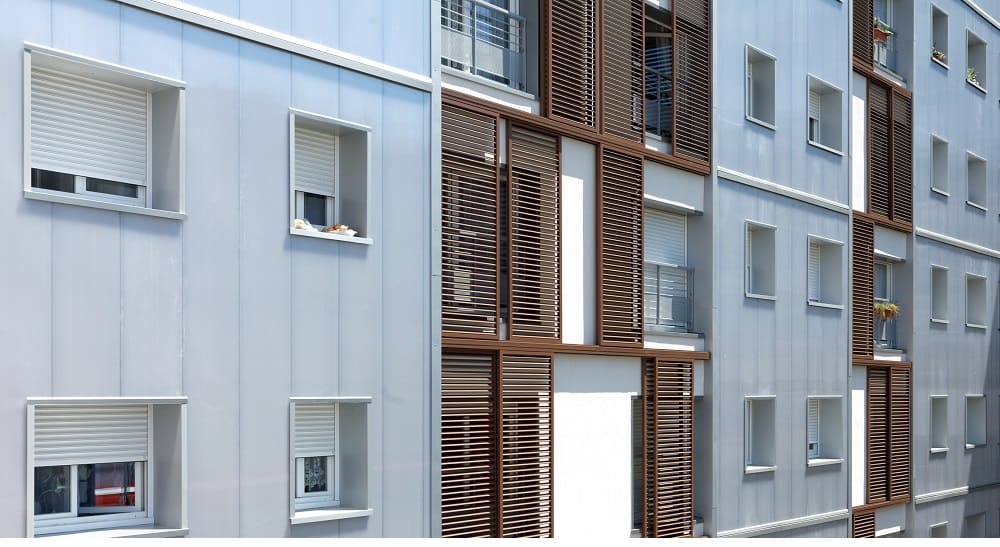
Buildings are masters of the art of concealment. When you’re inside a building, you don’t see the structural aspects that hold it together. Whether you’re at work or at home, you’re perfectly content to see floors, walls, and ceilings and no more. When people pass by a building, all that’s on view is the exterior. Cladding is for the building what skin is for the body, showing the structure at its best angle and not how it looked when it was under construction. Cladding comes in different materials. If you want metal cladding, you can choose galvanized steel or aluminum. But metal isn’t the only option. You might prefer cladding in brick, wood, plastic, or imitation stone. Cladding has a functional purpose as well as a cosmetic one; the outside elements that could harm a building need to be kept out of the interior. When cladding does its job correctly, no moisture penetrates the protective membrane of the cladding. If your cladding is the Danpal Ventilated Rainscreen System, you already know that your building’s interior is safe from any invasive weather.
 Danpal Ventilated Rainscreen System Is Watertight
Danpal Ventilated Rainscreen System Is Watertight
By using Danpalon panels with the Ventilated Rainscreen (VRS) System, you are providing your building with superior protection for your insulation. Studies of energy efficiency indicate that in the world’s most developed nations, buildings are responsible for approximately 40{5b578bc8adcb4430178b10faf0e9aa5adf0d58c8ca73fed93934f78c0e900111} of the nation’s energy consumption. When you think of how important our physical location is to our lives, that’s probably not surprising. But if the building’s insulation isn’t dry, the energy that the building uses escapes and goes to waste, costing money and affecting the health of the environment. When the insulation is working the way it should be working, your central heating and air conditioning can also work as they’re supposed to without having to change the settings all the time. If you’re looking for a way to reduce your building’s carbon footprint (and who isn’t?), you can count on Danpal rainscreen cladding to keep your insulation in peak condition.
How Ventilated Rainscreen Systems Work
There are several factors that go into the superior performance of Danpal’s Ventilated Rainscreen System. The panels are made of Microcell polycarbonate, a product that is three times lighter than traditional rainscreen cladding, making them lighter and easier to work with. They’re double notched so that water can’t penetrate. The system employs an air gap whose convective motion behind the panels causes natural ventilation so that the insulation stays dry. Installation is easy because the connectors are made directly on the support itself, alleviating any need for additional framed structure support.
Rainscreen Cladding is the Attractive Option
Danpal VRS is the obvious choice in rainscreen cladding because of its performance. But it’s also the obvious choice because of its visual appeal. Danpal offers so many choices in color, textures, and finishes that choosing a cladding is a lot like selecting a wardrobe for your building. We all like to dress up now and again, but when it’s a building, it needs to look good all the time. With rainscreen cladding from Danpal, it will look great!

